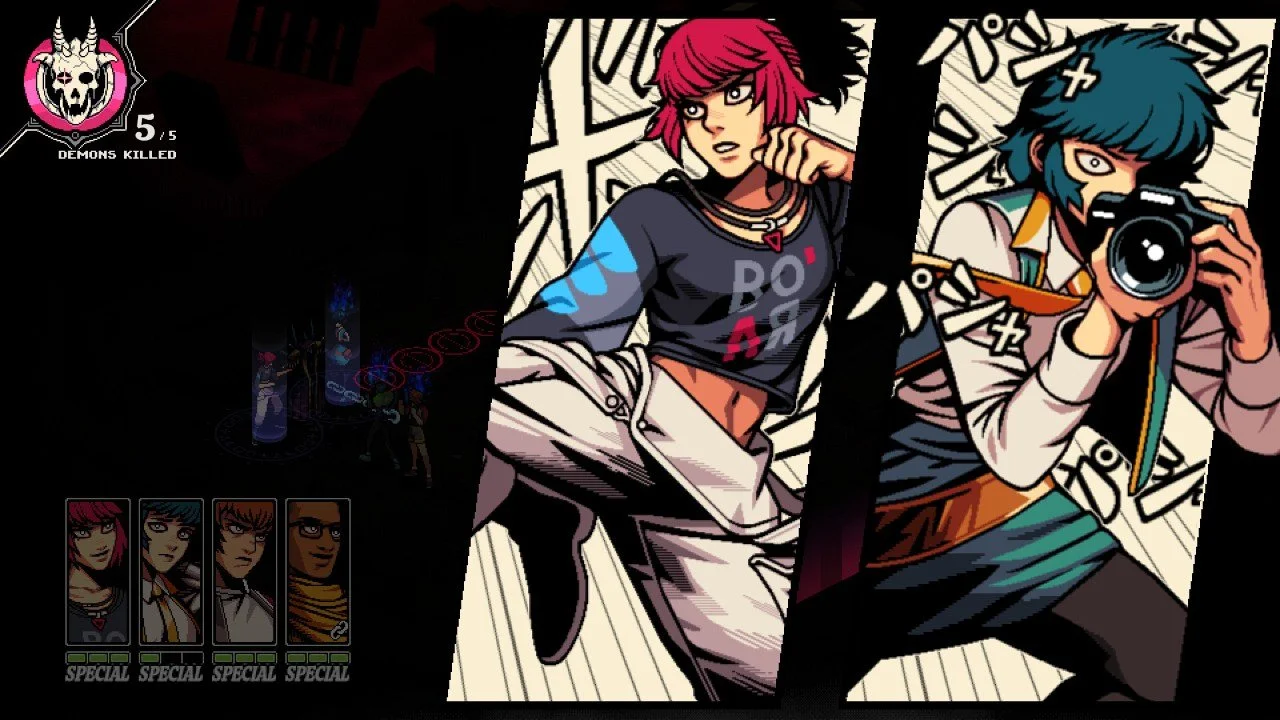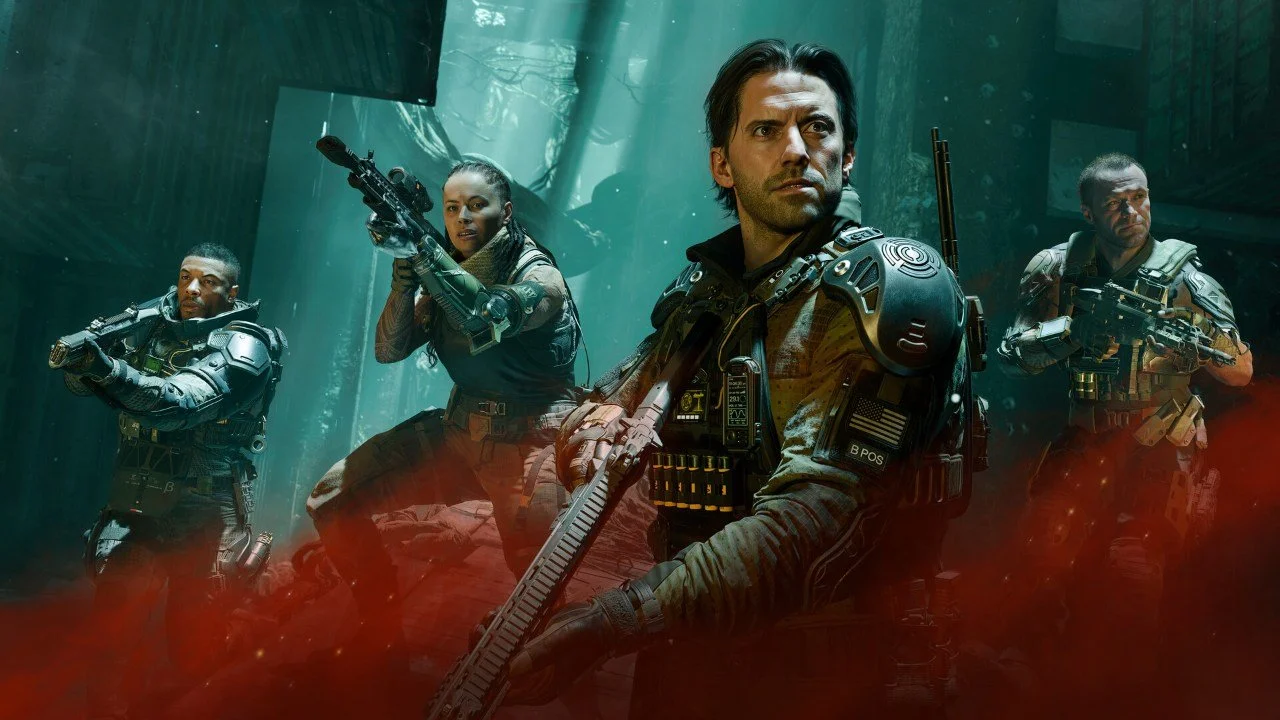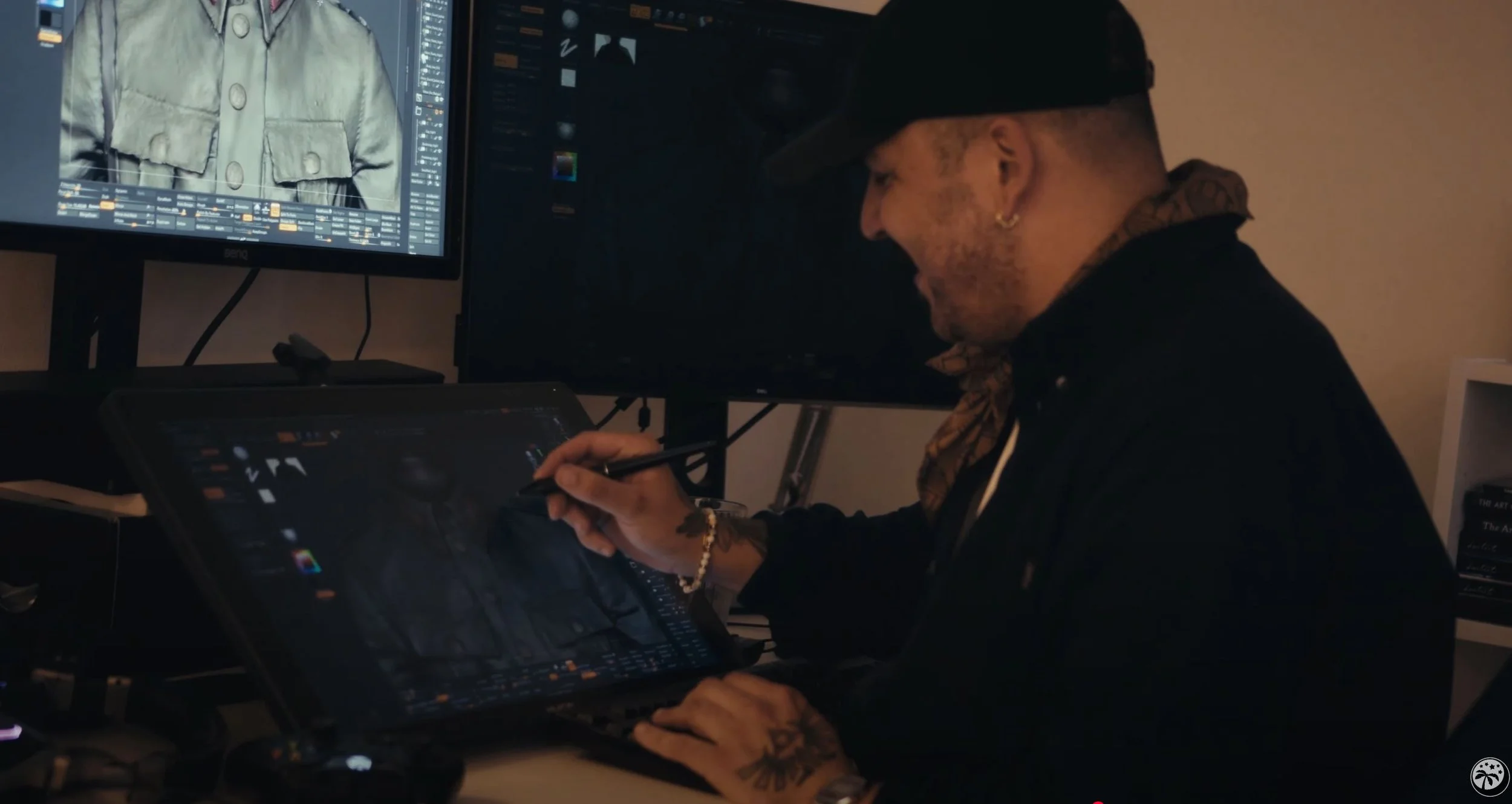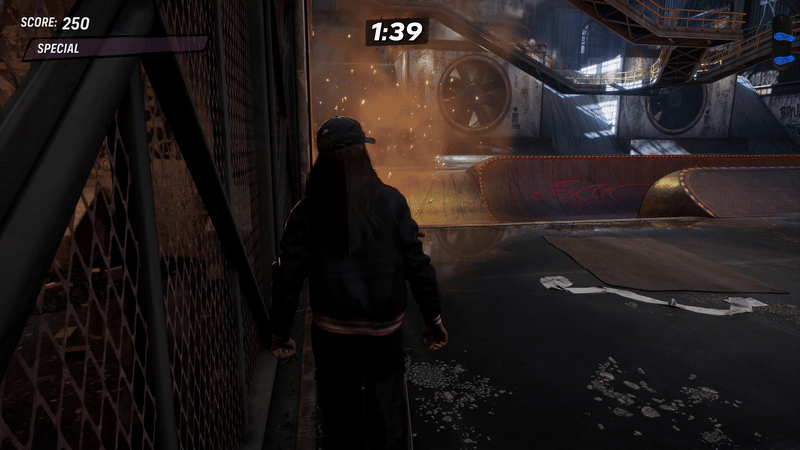Suppose you’re a video game enthusiast (especially someone with a passion for retro games). In that case, you’ll often see that, on a forum, people looking for a specific video game also name the version of the game they’re looking for. The reason for this is that regional versions may differ greatly even within the same game. They may differ in level of gore and nudity (in order to abide by local regulations), or even change characters and quests to bypass local censorship.
This is not exclusive to video games. After all, a lot of people prefer playing at offshore online casinos, and you’ll discover Techopedia has an entire segment on this phenomenon. That way, you get to bypass local regulations and, via a legal gray area, play a game version you always meant to play.
Still, are these differences so great, and what are some examples?
For instance, Germany has some of the strictest content regulations in gaming, especially when it comes to violence. That’s why games like Mortal Kombat had to make some pretty wild changes. You see, the blood in these versions didn’t just tone down—it turned green. Apparently, green blood equals less disturbing?
Moreover, in games like Half-Life and Left 4 Dead 2, the corpses of enemies vanish almost immediately. It’s not a bug or a weird glitch—it's a requirement. You’re technically still killing things, but the aftereffects are so heavily sanitized, it almost feels like you're taking part in a futuristic laser tag match.
In China, zombies in Call of Duty: Black Ops didn’t survive the censorship board. Literally, instead of undead creatures crawling out of graves, players fought off cyborgs. You see, depicting the dead—especially skeletons and decaying bodies—violates strict cultural and regulatory norms. So, zombies became robots, just like that.
The Legend of Zelda games are no strangers to regional edits, especially when religion gets involved. In earlier versions, Link’s shield proudly displayed a cross. But that didn’t make it into the Western versions—those crosses were quietly swapped for more generic designs to avoid sparking any controversy.
Also, Ocarina of Time originally had chanting in one of its dungeon themes that was pulled directly from Islamic prayer. That version made it into early Japanese copies, but it was removed later after the backlash. Even though it wasn’t meant to offend, it hit a nerve, and Nintendo pulled the plug quickly.
Some regional versions just aren’t comfortable with revealing outfits, and that’s especially true in places like China or Southeast Asia. When games like Bayonetta get released there, developers often tone things down by altering cutscenes or covering up skin with extra layers - literally. Bayonetta’s signature style gets noticeably less flashy. Bayonetta 3 on Switch, on the other hand, gives you an option to choose to put on more clothes.
Resident Evil 4 faced its own wardrobe edits. Alternate outfits for characters like Ashley were changed or removed depending on the market. Western versions leaned into campy or edgy styles, while other regions opted for more conservative designs. What one market calls “stylish,” another might flag as “inappropriate.”
When Castlevania III was localized, it didn’t just get a translation - it got a full-on makeover. The Japanese version had extra music layers thanks to a special sound chip in the Famicom version. Western players never heard it that way. The soundtrack feels noticeably thinner if you go back and compare.




















